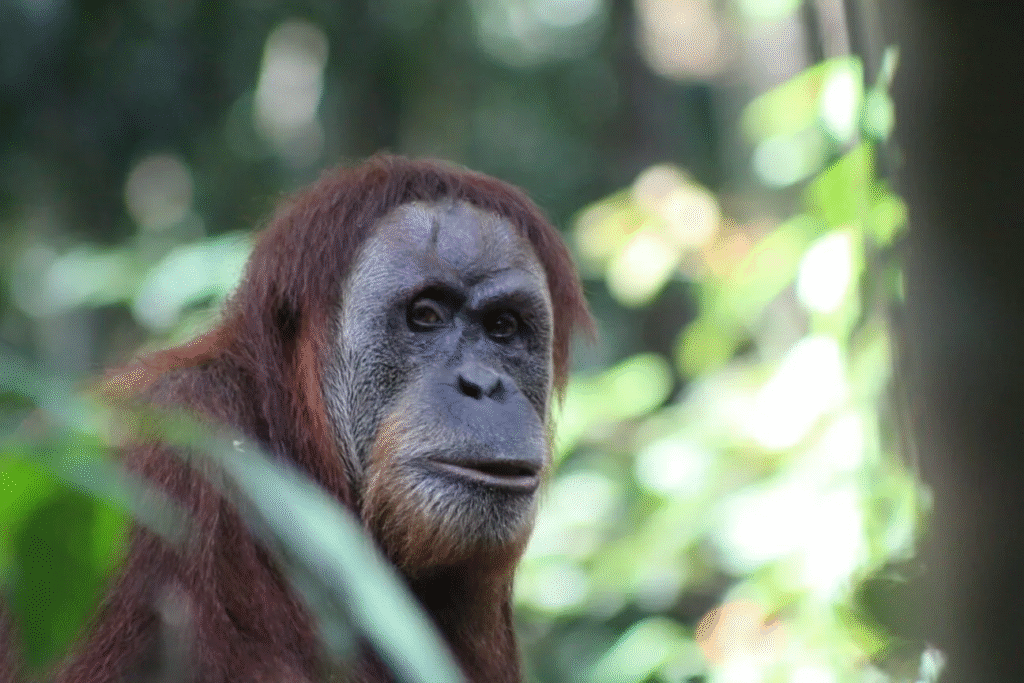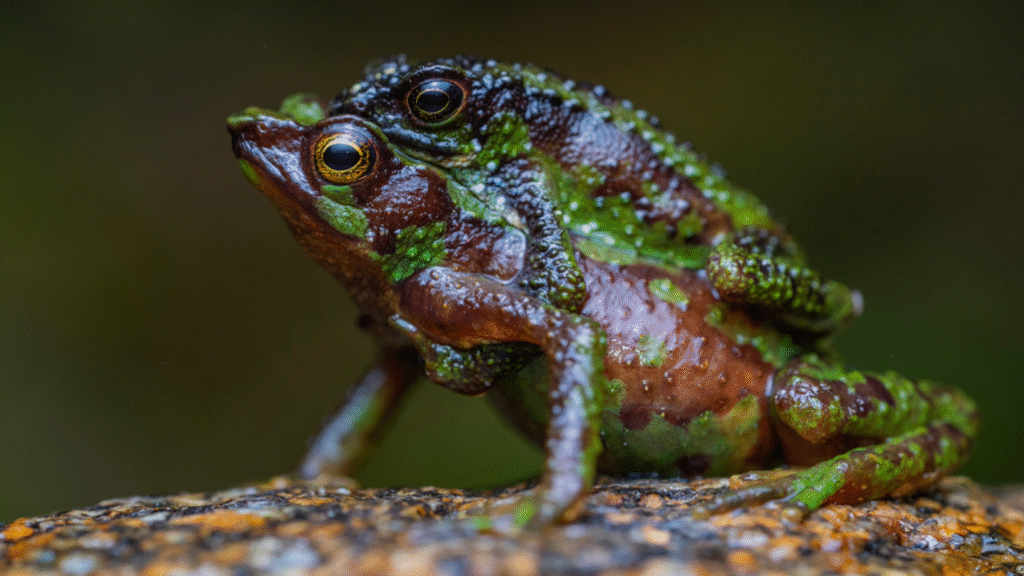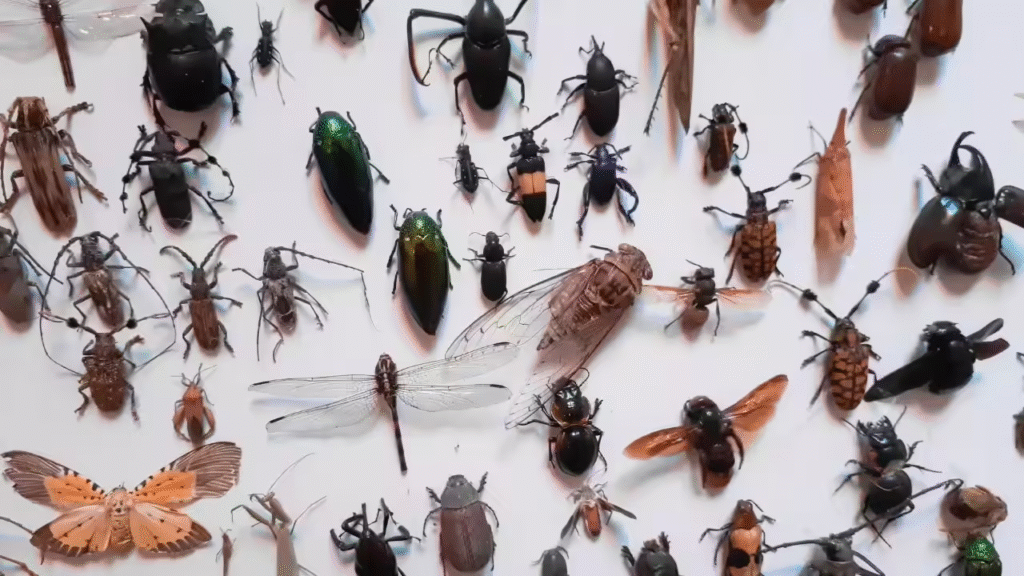Silent Forests: The Impact of Deforestation on Endangered Animals
Forests are commonly called ‘the lungs of the Earth’ but they also provide the Earth with its voice – the songs of birds, the rustle of leaves, the howls of primates, and the buzzing of insects. When considering all of these elements of the forest soundscape we should remember to realize and appreciate the many layers of audible life that we once enjoyed and are now increasingly fading into silence. We are losing vast tracts of deforested land all over the planet at huge rates and an innumerable amount of species are unfortunately going extinct forever, and the forests of life are dimming to stories of the great places they used to be.
Deforestation takes more than trees – it dismantles ecosystems. Animals that depend on forest ecosystems for food security, shelter from predators, and breeding are now left with nowhere to go, and remember for multiple endangered animals, forests are the last habitat they have! When the forest falls, so do they!
A Global Crisis with Local Victims
The World Resources Institute states that from 2015-2020, over 10 Million hectares of the forests of the world are being lost each year. Some of that loss can be attributed to natural forces, but most loss can be attributed to human influences, such as logging, agriculture, mining, infrastructure, and climate change induced wildfires.
The forests that are being impacted the most are tropical rainforests, particularly the Amazon, the Congo Basin and Southeast Asia. Together, they house over half of the worlds species, many that are only found here. When the forests are cleared, fragmented, or degraded by other means, the animals that live there die off or become “trapped” into small spaces that place the species at risk for extinction.
1. The Orangutan’s Vanishing Home

The loss of forests is illustrated with consequences for poor animals as obviously as it is with orangutans. These great apes live in the rainforests of Borneo and Sumatra. Like all apes, they are arboreal, spending almost their entire life in trees. They nest in the canopy, they eat from fruiting trees, and they simply travel from tree to tree.
In the past few decades, palm oil plantations, illegal logging and forest fires have destroyed more than 80% of orangutan habitat. As forests are cut down, orangutans have been observed moving to nearby villages where they then look for food, and end up either dead or in captivity. All three species of orangutan (Bornean, Sumatran and Tapanuli) are classified as critically endangered.
2. Tigers Pushed into Isolation

The tiger is among the most well-known, and endangered, members of the big cat family. Tigers need lot of space for hunting and breeding. In countries like India and Indonesia, and often in parts of Asia, deforestation has led to fragmentation and isolation of tigers across their range.
Fragmented populations also means less genetic diversity and greater chances of inbreeding, as well as greater encounters with people, which typically lead to conflicts and subsequently the death of the animal. Global conservation efforts offer some hope; however, loss of habitat continues to be a huge obstacle to recovering tiger populations.
3. Birds Without Branches

Tree species is essential for many types of birds in the nesting and foraging process. The Philippines is home to the “King of the Birds”, the Philippine eagle, which belongs to the world’s largest and rarest birds of prey. As many birds do, Philippine eagles require large intact areas of forest, and sadly there are approximately 400 individuals in the wild today, meaning that for every tree that is cut down, we march one step closer to extinction for many species.
One of the more sound examples is the Spix’s macaw from Brazil, which was shown in the movie Rio. This species went extinct in the wild due to habitat destruction and degradation, especially where they nested on the river rial banks. Zoological institutions are attempting to breed the species in captive breeding programs to hopefully get them back to the wild, however, without habitat they will fail.
4. Amphibians in Peril

Habitat loss is particularly devastating for many amphibians, such as frogs and salamanders. For stones, many amphibians have narrow distributions and are dependent on very specific microhabitats—-such as wet leaf litter or shaded ponds—-to exist in their environment~~~.
The golden toad in Costa Rica was once located in abundance in the Monteverde Cloud Forest area, last observed alive in 1989. While climate change undoubtedly became an issue related to its ultimate extinction, the adjacent deforestation that altered local water cycles and microclimates indirectly became a factor in the extinction of the golden toad. Many other other amphibians are now subject to similar threats given current global challenges~~~.
5. Insects and the Web of Life

While insects are often overlooked, they perform an essential function for ecosystems in the forests. Insects are pollinators of plants, decomposers of organic material, and are valuable food sources for birds, reptiles, and mammals. The extermination of insects, a byproduct of the deforestation process, directly negatively impacts their ecological functions.
For example, consider the Harlequin beetle which inhabits the rotting wood of rainforests in Central and South America; the destruction of dead trees and woodland debris during logging operations destroys the breeding and source of food locations of such species as this. The loss of insects might disrupt food chains, which in turn support larger animals and ecologies.
The Domino Effect of Habitat Loss
Deforestation doesn’t only impact individual species—it disrupts entire food webs and ecological processes. When one species disappears, others are affected in a domino effect:
- Predators lose their prey.
- Pollinators vanish, leading to fewer fruiting plants.
- Seed dispersers disappear, halting forest regeneration.
As more animals are squeezed into smaller fragments of land, competition for food intensifies, disease spreads faster, and human-wildlife conflict escalates. The balance that has evolved over millennia begins to unravel.
Climate Change: A Double Threat
Forests are instrumental in providing habitat for wildlife, but they also have a rugged role in controlling the climate by sequestering carbon dioxide within trees. When trees are cut down, that carbon goes back to the atmosphere and released carbon continues to impact climate. Climate change is now the third main threat to wildlife by creating additional stressors and complexities by way of rain patterns and improved drought conditions, as well as more extreme storms depending on habitats and geography.
Adding pressure to species that are already endangered where the individual’s integrity is impacted from climate change can all have lethal impacts.
Most now face in a single generation habitat that may be fully transformed.
Conservation Efforts and Hope
Despite the grim reality, there are glimmers of hope. Around the world, conservationists, indigenous communities, and governments are working to protect and restore forest habitats:
- Protected Areas: Establishing national parks and reserves is one of the most effective tools for conservation. For example, the expansion of Gorongosa National Park in Mozambique has led to a rebound in many animal populations.
- Reforestation Projects: Efforts like The Great Green Wall in Africa and large-scale tree planting in India and China aim to restore degraded landscapes.
- Sustainable Practices: Promoting certified sustainable forestry and agriculture (e.g., FSC-certified wood, shade-grown coffee, and RSPO-certified palm oil) helps reduce deforestation.
- Ecotourism and Community Involvement: Engaging local communities through education, alternative livelihoods, and eco-tourism gives people a stake in forest protection.
Your Role in Protecting Forests
While the problem may seem distant, everyone can play a role in slowing deforestation and protecting endangered animals:
- Be mindful of what you buy. Choose products with sustainable, eco-friendly certifications.
- Support conservation groups. Many organizations work directly with forest protection and species conservation.
- Raise awareness. Share information, talk to others, and advocate for policy changes.
- Reduce waste and carbon footprint. Less demand for land, fuel, and materials means fewer trees cut down.
Conclusion
The silence now prevailing in our forests is an alarm bell. Each lost chirp, growl, or shuffling is the loss of a life, a species, a story. And while there are ecological consequences of deforestation, the beginnings of a moral reckoning are just as critical. Deforestation forces us to grapple with what kind of planet we want to bequeath to a future generation. What legacy do we want to leave?
All endangered animals rely on forests not only for survival but also their sense of self. We are not dissimilar. Protecting forests means protecting the function and beauty of the rich symphony of life in our forests. If we hesitate, maybe the silence of forests will just become our new normal, and it will be too late to notice until we forever lose the voices.







